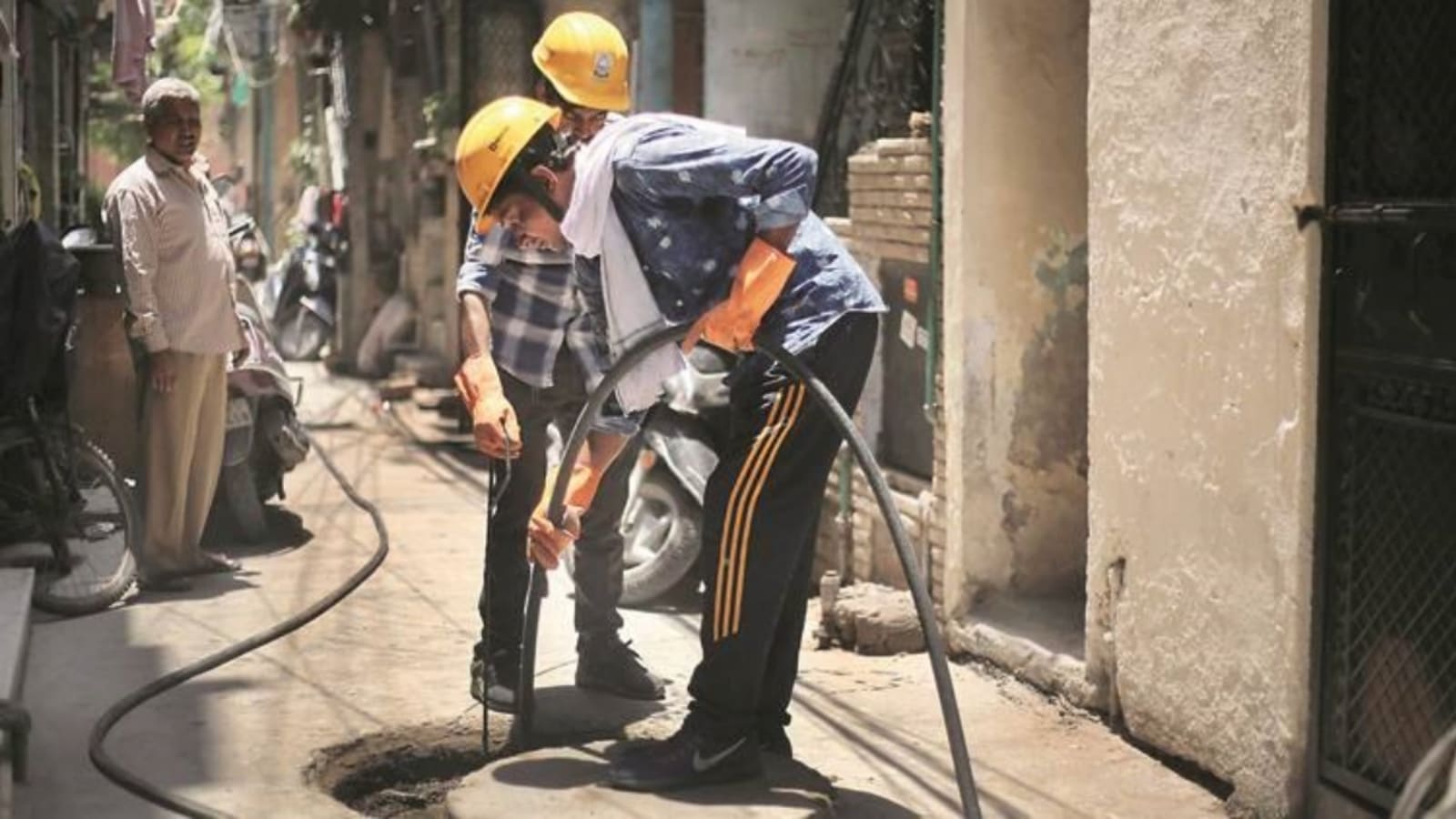Home / Environment / Delhi's Sewage Plants Fail Pollution Tests, Raising Alarm
Delhi's Sewage Plants Fail Pollution Tests, Raising Alarm
31 Oct
Summary
- All 37 sewage treatment plants in Delhi failed to meet discharge standards
- Bacterial contamination levels were up to 4.7 billion times the limit
- Contradictory reports from pollution control agencies raise concerns

A recent inspection by the Central Pollution Control Board (CPCB) has revealed a troubling situation regarding Delhi's sewage treatment facilities. According to the findings, which were part of a Right to Information (RTI) reply issued on October 24, 2025, none of the 37 sewage treatment plants (STPs) run by the Delhi Jal Board (DJB) were able to meet the prescribed discharge standards during the June 2025 inspection.
The CPCB's assessment found that the plants failed to comply with key parameters such as Biochemical Oxygen Demand, Total Suspended Solids, Ammoniacal Nitrogen, and Faecal Coliform. Particularly alarming was the level of bacterial contamination, with some plants recording Faecal Coliform levels as high as 4.7 billion MPN/100 ml, when the permissible limit is just 230 MPN/100 ml.
These findings directly contradict the monitoring reports from the Delhi Pollution Control Committee (DPCC) for the same period, which had rated most of these plants as "meeting standards." This discrepancy has raised serious concerns about the reliability of the pollution control agencies' assessments and the actual state of Delhi's sewage treatment capabilities.
The CPCB's data also revealed issues with incomplete biological treatment and inadequate aeration at several facilities, leading to elevated ammonia levels. Additionally, many plants were found to be discharging water with high levels of organic matter, indicating inadequate treatment.
With the DJB claiming to treat over 4,000 million litres of sewage daily, the CPCB's findings suggest that a significant portion of this volume is being released into the Yamuna river and drains across the city without proper treatment, posing a grave threat to the environment and public health.




